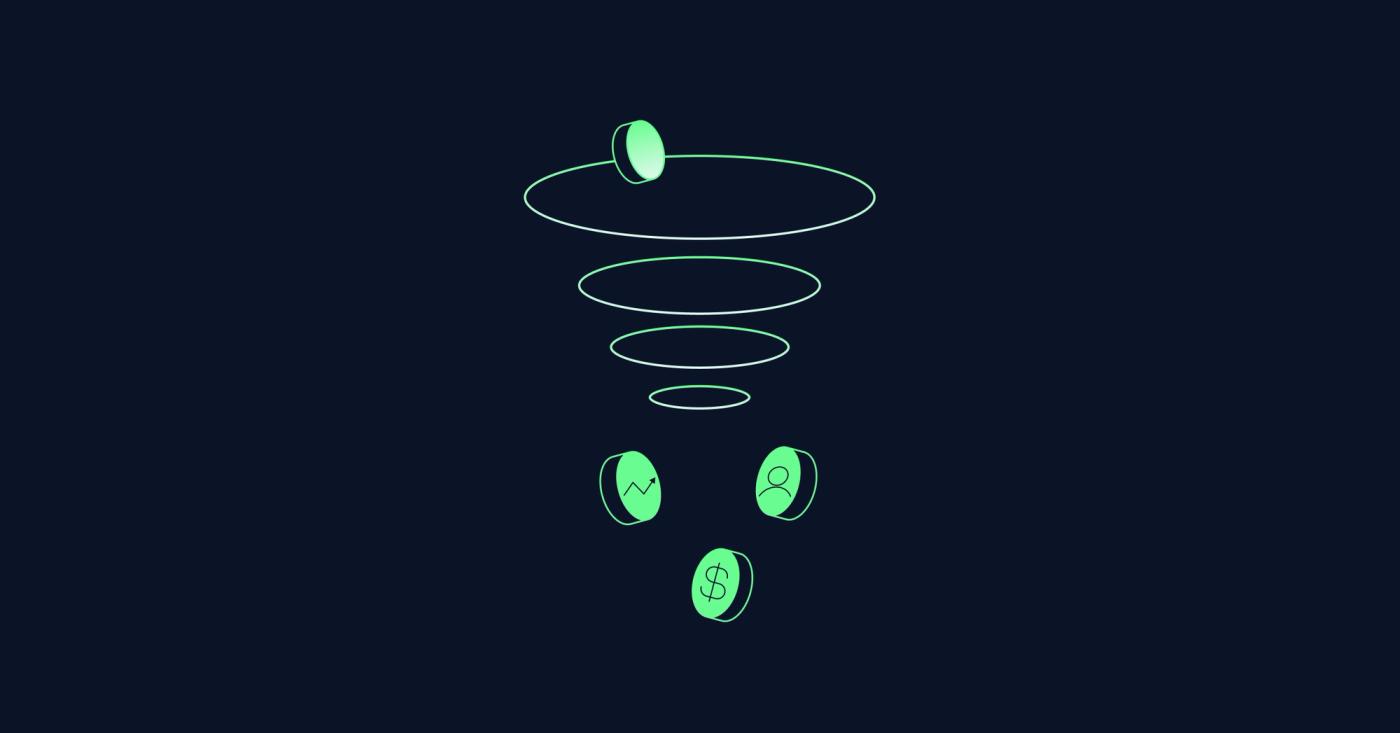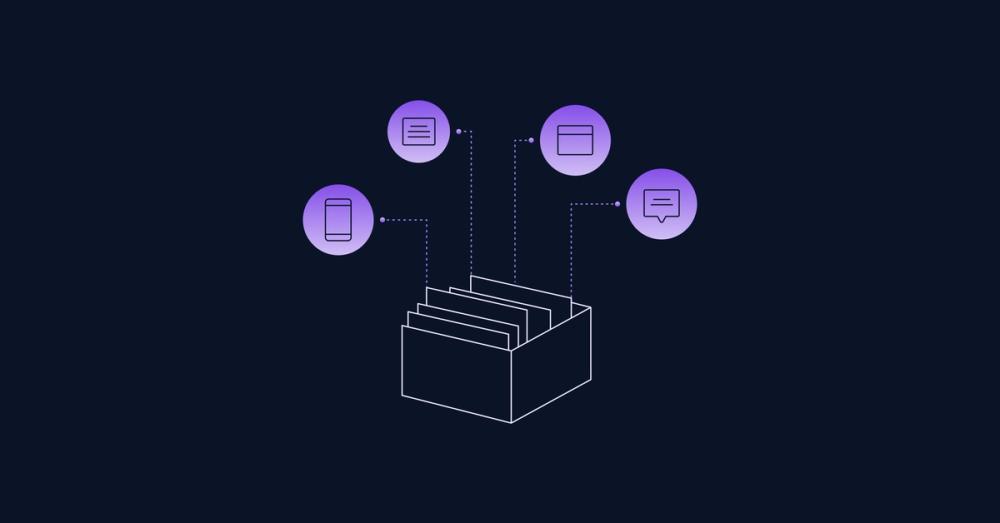- Marketing Websites
- Data Migration & Wrangling
- Continuous Discovery
- Usability Testing
Why thinking in funnels is important?

Understanding the customer journey is pivotal to achieving business success. This journey, often visualized as a funnel, is a core concept in both web design and marketing strategies.
But why is funnel thinking so crucial? In this blog post, we’ll dive into the significance of funnels in web design and marketing, exploring how they can enhance user experience and conversion rates.
What is a funnel? Link to this headline
A funnel represents the customer's journey from awareness to action . It starts wide at the top, capturing a large audience, and narrows down as potential customers move closer to conversion. This funnel is typically divided into stages: Awareness, Interest, Decision, and Action (AIDA).
In web design, thinking in funnels helps in creating structured user experiences that guide visitors through a clear path. By understanding which stage of the funnel a visitor is in, designers can create pages that address specific user needs and intentions. For instance, homepages (top of the funnel) are designed to attract and inform, while product pages (middle of the funnel) focus on nurturing interest and desire, leading to checkouts (bottom of the funnel) that are optimized for conversion.
Benefits of using funnels Link to this headline
Enhances Personalization Funnels allow marketers and designers to personalize content, offers, and interactions based on the user's stage in the journey. Personalization can significantly increase the likelihood of conversion by presenting the most relevant message at the right time. For example, a first-time visitor might see a general introduction to your product, while a returning visitor might be prompted with a special offer or an invitation to join a loyalty program.
Optimizes Resources Understanding the funnel dynamics enables businesses to allocate their resources more effectively. By analyzing where the drop-offs occur within the funnel, teams can identify weak points and optimize them, whether it’s improving landing page designs, tweaking calls to action, or refining marketing messages. This targeted approach ensures that efforts and budgets are not wasted but instead focused on areas that directly influence conversions.
Improves Measurement and Analysis A funnel-based approach simplifies the measurement of marketing and design effectiveness. Each stage of the funnel can be analyzed using specific metrics (e.g., click-through rates, conversion rates, bounce rates). This data-driven analysis helps in making informed decisions that can lead to improved user experiences and higher conversion rates.
Facilitates Better A/B Testing With a clear understanding of the funnel stages, businesses can more effectively plan and execute A/B tests. Testing different elements (like page layouts, copy, or offers) at specific funnel stages provides clearer insights into what works best for moving users to the next stage of the funnel.
Increases customer retention Link to this headline
Funnels don't just stop at the conversion point; they extend into post-purchase activities which enhance customer retention. By continuing to engage customers after they make a purchase—through follow-up emails, special offers, and loyalty programs—businesses can increase the likelihood of repeat purchases and turn one-time buyers into loyal customers.
Aligns marketing and sales efforts Link to this headline
A well-defined funnel helps align marketing and sales efforts, ensuring that both teams work towards a common goal. Marketing efforts can be tailored to generate leads at the top of the funnel, while sales efforts can focus on converting those leads at the bottom of the funnel. This alignment is crucial for efficient resource utilization and maximizing conversion opportunities.
Identifies leverage points for upselling and cross-selling Link to this headline
By analyzing customer behavior within the funnel, businesses can identify key points where upselling and cross-selling are most effective. These tactics can significantly increase the average order value and overall revenue. For example, by offering related products or premium options at the checkout page, businesses can enhance their upselling and cross-selling success.
Thinking in funnels is not just a marketing strategy; it’s a holistic approach that enhances web design, content creation, user experience, and ultimately, conversion rates. By adopting funnel thinking, businesses can create more effective, user-centered websites and marketing campaigns that guide potential customers smoothly from their first interaction to a successful conversion. Embrace funnel thinking, and watch your digital platforms transform into conversion machines!
Frequently Asked Questions Link to this headline
What is funnel thinking in marketing?
Funnel thinking refers to visualizing and designing the customer journey as a funnel—from awareness to conversion. It helps businesses guide users through a clear, structured path, increasing the likelihood of successful outcomes.
How does funnel thinking improve web design?
By aligning page content and structure with different stages of the funnel, designers can create experiences tailored to user intent—boosting engagement, reducing bounce rates, and driving conversions.


